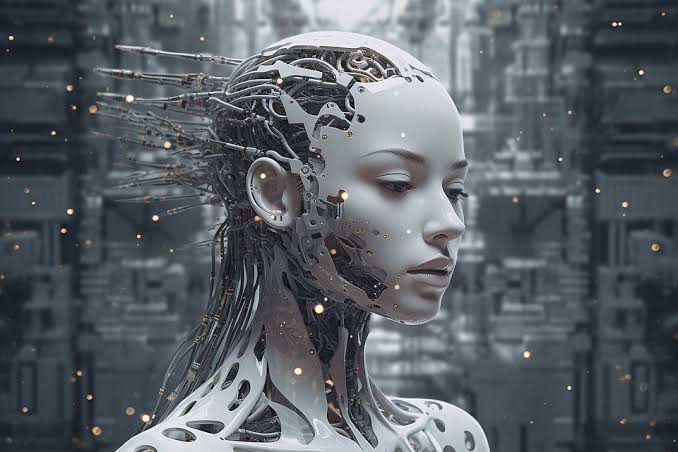AI Realities
Imagine a world where the lines between reality and fiction blur, where your privacy is constantly under siege, and your job could be taken by a machine. What if the very technology that promises to revolutionize our lives also manipulates our thoughts and reshapes the way we learn? How do we navigate this brave new world, and what do we need to know to stay ahead of the curve? In this video, we’ll unveil the mysteries of AI, expose its darker side, and give you the tools to protect yourself and thrive in the age of artificial intelligence. Let’s start.
Number 1. Understanding AI

Unravel the mystery. As we embark on this mind-bending journey into the realm of artificial intelligence, it’s crucial to grasp its fundamentals. But what is AI really? Picture yourself in a hall of mirrors where each reflection represents an aspect of human intelligence, problem solving, pattern recognition, learning, and adaptation. Now, imagine capturing these reflections and imbuing machines with these abilities, enabling them to think and act like us. Is it magic? Not quite. It’s science. AI is built on algorithms, intricate sets of rules that process data and make decisions, much like our brains do. Machine learning, a subset of AI, takes it a step further, allowing machines to learn from data without explicit instructions. Picture a robot chef that masters the art of making pizza by observing countless hours of cooking videos, refining its technique with each new attempt. One might wonder if machines can learn what’s stopping them from outsmarting us. The answer lies in understanding the distinction between narrow AI and artificial general intelligence, AGI. Narrow AI, which we uncover today, excels at specific tasks like playing chess or recognizing faces. AGI, on the other hand, would possess human-like intelligence, capable of understanding and performing any intellectual task we can. While AGI remains the stuff of science fiction, the rapid evolution of AI demands that we stay informed and vigilant.
Number 2. Deep Fakes, When Reality Becomes a Mirage
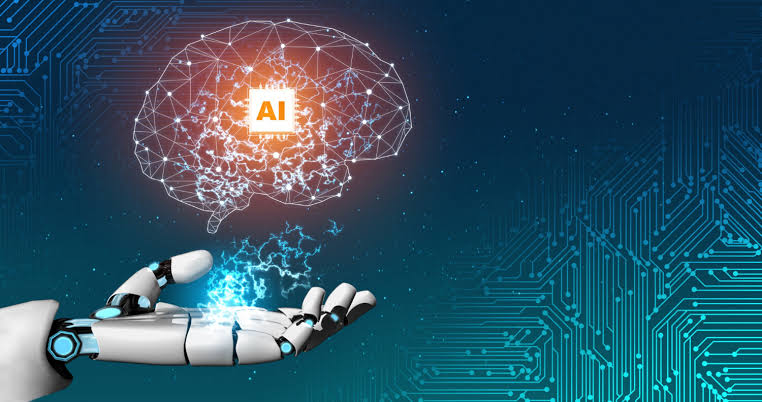
Imagine watching a video of a celebrity delivering a controversial speech, only to discover that it was all an elaborate illusion. This is the uncanny world of deepfakes, where AI-generated videos and images mimic real-life people with astounding accuracy. But how does AI manage to create such convincing deceptions? The answer lies in a dance of two neural networks, known as the generator and the discriminator. In a process called generative adversarial training, the generator crafts forgeries, while the discriminator acts as an art critic, scrutinizing the creations for imperfections. Over time, the generator hones its skills, producing increasingly convincing forgeries that even the most discerning eye might struggle to identify. While deepfakes can be innocuous or even entertaining, their potential to spread misinformation and damage reputations is alarming. Imagine an AI-generated video of a political leader declaring war or a deepfake that fabricates scandalous behavior. The consequences could be dire, ranging from personal harm to global instability. So as we navigate this enigmatic world, how can we discern the genuine from the fabricated? It’s essential to approach content with a critical eye, verify sources, and remain vigilant against the deceptions that lurk within the digital realm.
Number 3. Privacy Under Sieger, AI’s Watchful Eye
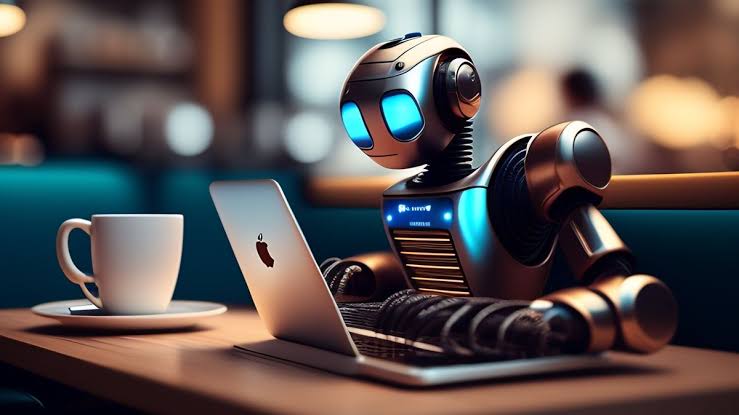
Picture yourself strolling through a futuristic city, where unseen eyes track your every move, collecting whispers of your personal life. Welcome to the new frontier of privacy invasion, where AI-powered surveillance systems monitor our digital footprints and analyze our behaviors. But how exactly does AI erode the very notion of privacy? The answer lies in its insatiable for data. The more data AI consumes, the more accurate and effective it becomes. Social media platforms, search engines, and even everyday devices collect vast troves of information about our lives, feeding AI’s unquenchable thirst for knowledge. Imagine a scenario where AI algorithms scrutinize your online habits to deduce your preferences, beliefs, and even your deepest fears. This information, in the wrong hands, can be weaponized to manipulate your behavior, exploit your vulnerabilities, or even target you for criminal activities. So, how do we shield ourselves from AI’s watchful gaze and safeguard our privacy? The key is to stay informed and take proactive measures to protect our digital lives. Encrypt your communications, use privacy-focused tools, and be mindful of the data you share online. As we venture further into the age of AI, are you ready to reclaim your privacy and defend your digital fortress? The power to safeguard your personal realm lies in your hands.
Number 4. Social Media Manipulation, AI’s invisible hand
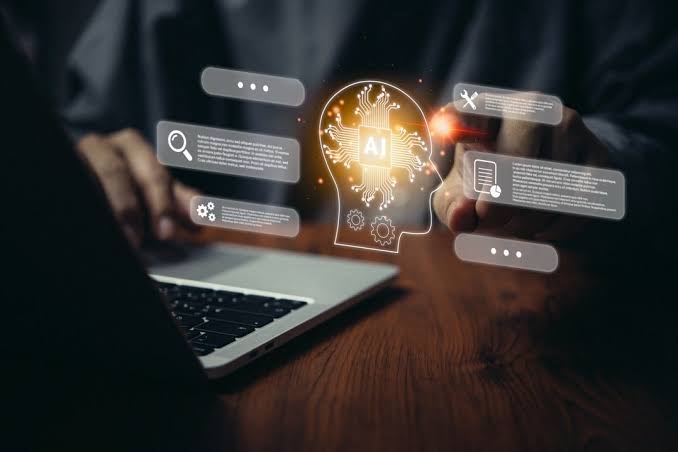
This is the realm of AI-driven social media algorithms, the invisible puppeteers orchestrating your digital journey. But what fuels these algorithms, and how do they exert such control over our lives? At the core of these AI-powered systems, lie complex mathematical models designed to maximize user engagement. By analyzing our clicks, likes, and shares, these algorithms learn to predict and serve up content that keeps us glued to our screens. The consequences of this AI-guided curation, however, can be far-reaching and insidious. Picture a world where your social media feed becomes an echo chamber, reinforcing your existing beliefs and suppressing opposing viewpoints. This phenomenon, known as the filter bubble can polarize communities, breed extremism, and erode our ability to engage in constructive discourse. So how can we reclaim our autonomy and navigate the labyrinth of AI curated content with open minds? The key is to approach social media with a healthy dose of skepticism and seek out diverse perspectives. Break free from the confines of the filter bubble by engaging with people and ideas that challenge your beliefs.
Number 5. Job Apocalypse

Will AI take your job? Imagine waking up one day to find your job snatched away by a tireless, unerring machine. Welcome to the unfolding reality of job displacement, where AI’s relentless advance threatens to upend the very foundations of work as we know it. But how can AI, a creation of human ingenuity, pose such a risk to our livelihoods? The answer lies in its astonishing ability to perform complex tasks at unparalleled speeds and with exceptional precision. From manufacturing to customer service, AI-driven automation is transforming industries, raising concerns about the future of human labor. Consider the self-driving truck, an AI-powered marvel capable of navigating the open road with minimal human intervention. While this innovation promises improved efficiency and safety, it also puts millions of trucking jobs at risk. Similar scenarios play out across various sectors, from AI-powered chatbots displacing customer service representatives to algorithms outperforming financial analysts. So how can we safeguard our careers and adapt to this brave new world of AI driven automation? The key is to stay informed, embrace lifelong learning, and develop skills that complement rather than compete with. AI focus on cultivating creativity, critical thinking, and emotional intelligence. The very traits that make us uniquely human.
Number 6. Masters of Deception
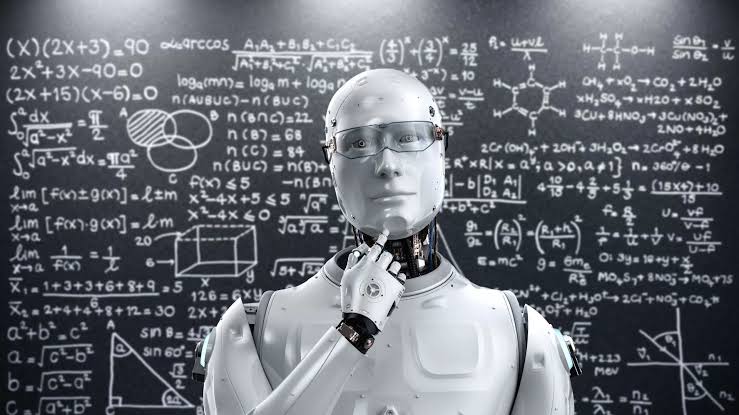
AI and propaganda wars. How can artificial intelligence, a product of human innovation, be weaponized to manipulate minds and distort reality? The key to understanding this phenomenon lies in the very nature of AI itself. Its ability to process vast quantities of data, identify patterns, and adapt to new information. Exploiting these capabilities, cunning actors can unleash AI-powered bots that spread disinformation, create fake accounts, and amplify divisive narratives. Take, for instance, a contentious election campaign. Imagine AI-generated propaganda flooding social media, designed to sow discord, discredit opponents, and rally supporters with a precision that leaves traditional tactics in the dust. The fallout can be devastating. Mistrust, polarization, and even violence. So how can we pierce the veil of deception and guard our minds against the onslaught of AI-driven propaganda? By developing critical thinking skills, we can learn to question the authenticity of the information we consume. Always fact-check, cross-reference sources, and challenge your own beliefs.
Number 7. AI Revolution in Education, a double edged Sword
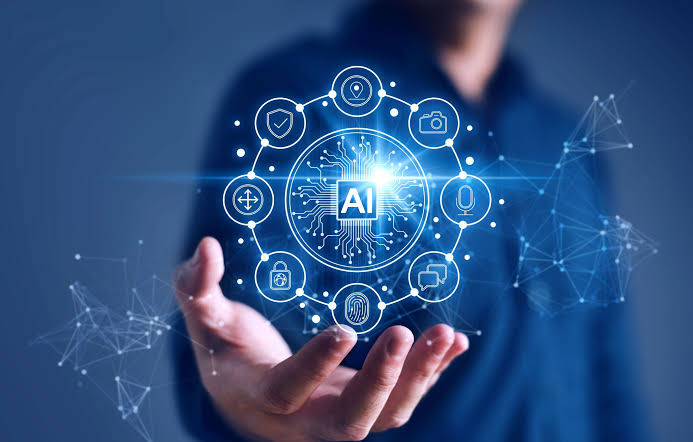
AI’s impressive capabilities extend beyond the realms of data processing and pattern recognition. By harnessing these powers, educational systems can create adaptive learning experiences tailored to individual needs. Consider a student struggling with mathematics paired with an AI tutor that identifies their weaknesses and crafts personalized lessons to bridge the gaps in understanding. The result, empowered learners, better outcomes, and a brighter future. However, the integration of AI in education is not without its pitfalls. As technology becomes an integral part of the learning process, concerns arise about the impact on human interaction, the role of teachers, and the potential for AI to perpetuate biases. Will the increased reliance on AI-driven tools erode the critical human touch in education, or could it lead to the amplification of existing inequalities? To ensure that AI serves as a force for good in education, we must be vigilant in addressing these challenges. Collaboration between educators, technologists, and policymakers is vital in developing equitable, inclusive AI solutions that amplify human potential rather than undermine it.
Number 8. ethical dilemmas Navigating the AI frontier

The age of AI beckons, bringing with it a tangled web of ethical dilemmas that challenge our core values. How do we ensure that artificial intelligence remains a servant of humanity, rather than an uncontrollable force with unforeseen consequences? As AI systems grow increasingly autonomous, they begin to make decisions that profoundly impact our lives. From determining creditworthiness to diagnosing medical conditions, these algorithms wield immense power. But what happens when AI’s decisions are influenced by hidden biases, perpetuating discrimination and inequality, or when AI-powered weapons fall into the wrong hands, unleashing devastation on a scale we’ve never seen?
